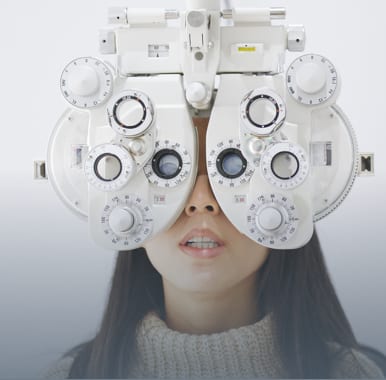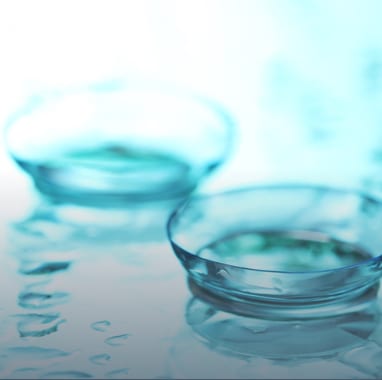Causes of Dry Eye Syndrome
Dry eye syndrome can occur due to a variety of factors, both internal and external. Hormonal changes, exposure to certain environmental conditions, some medications, and underlying health conditions can all contribute to dry, uncomfortable eyes.
The eye is lubricated by the “tear film.” The tear film is made up of 3 layers: mucus layer, the watery layer, and the oily layer. Each layer has a specific function for the tear film, so if one isn’t functioning correctly, the tear film can become out of balance and lead to dry eyes.
The mucus layer keeps the tear film fastened to the eye. The watery layer is responsible for washing away bacteria and keeping the eye lubricated. And the oily layer prevents the tear film from evaporating too quickly.
Some dry eye cases occur because tears evaporate too quickly due to a lack of meibum, which make up the oily layer. Meibum is secreted from the meibomian glands in the eye, which can become blocked. At Island Eyecare, we can perform specific tests to evaluate your tear film and test for meibomian gland dysfunction.
Other causes of dry eye syndrome include:
- The natural ageing process
- Prolonged exposure to air conditioning or dry heating indoors
- Long-term contact lens wear
- Inward (entropion) or outward-turning (ectropion) eyelids
- Smoking
- Eye diseases such as blepharitis or Demodex infestation
Common symptoms of dry eye syndrome include:
- A gritty, scratchy, or burning sensation in the eye
- Excess amounts of mucus in or around the eyes
- Increased sensitivity to light
- Red, irritated eyes
- A feeling of having something stuck in your eye
- Inability to wear contact lenses due to discomfort
- Overly watery eyes
- Blurred or distorted vision
- Eye fatigue













